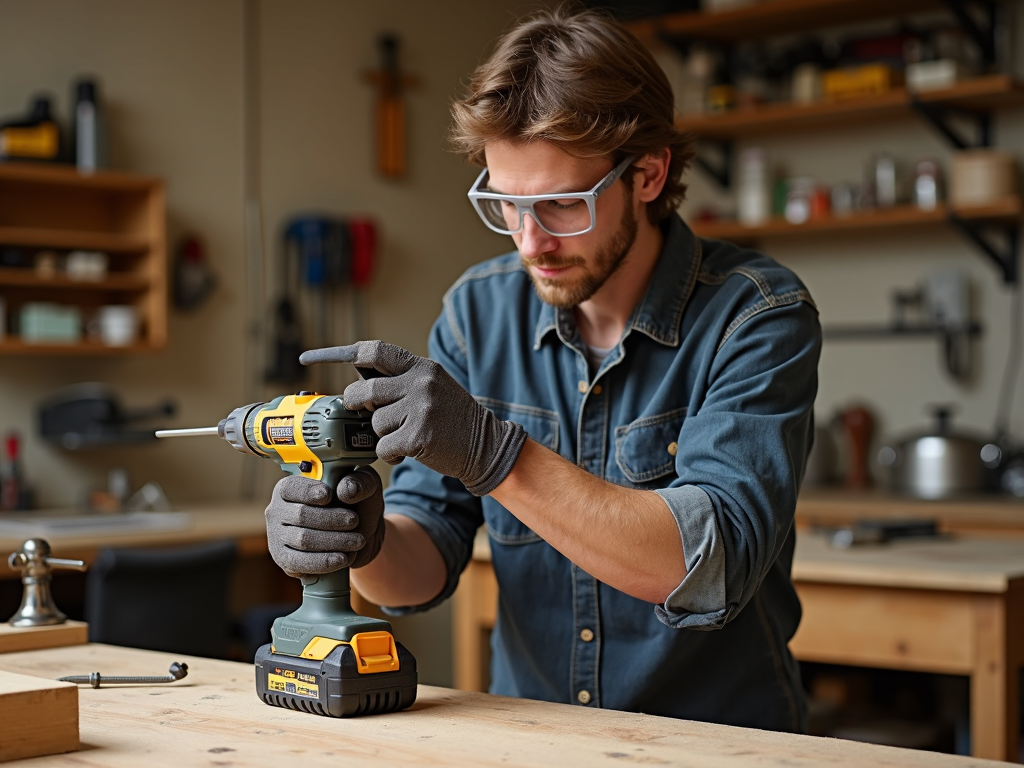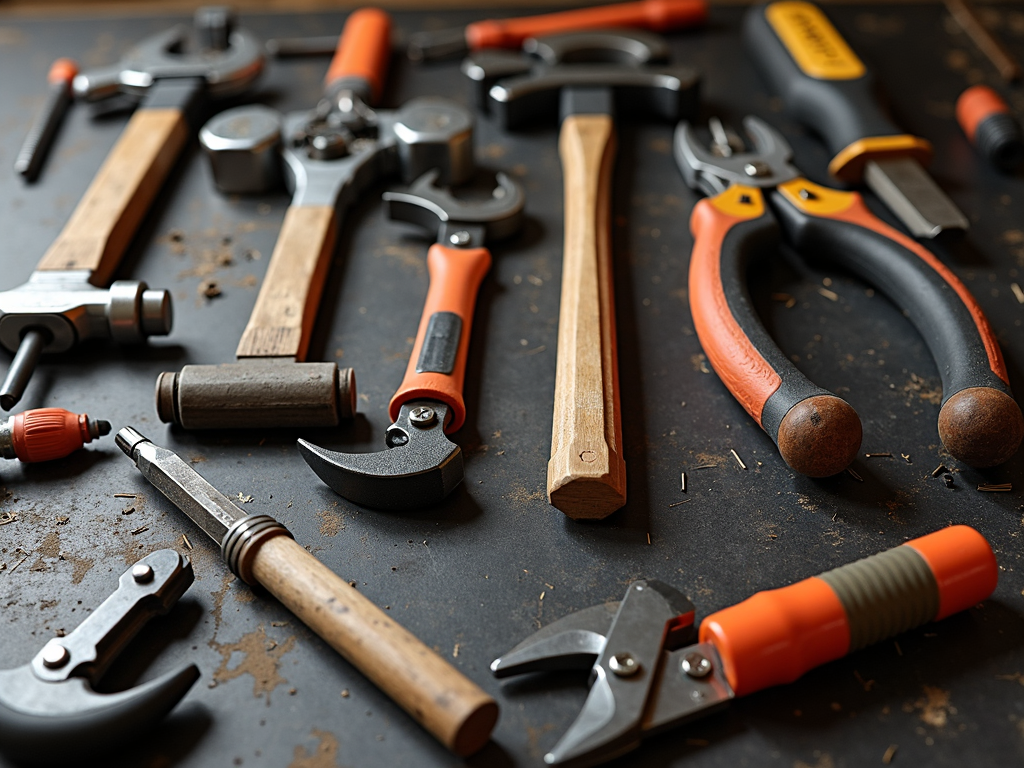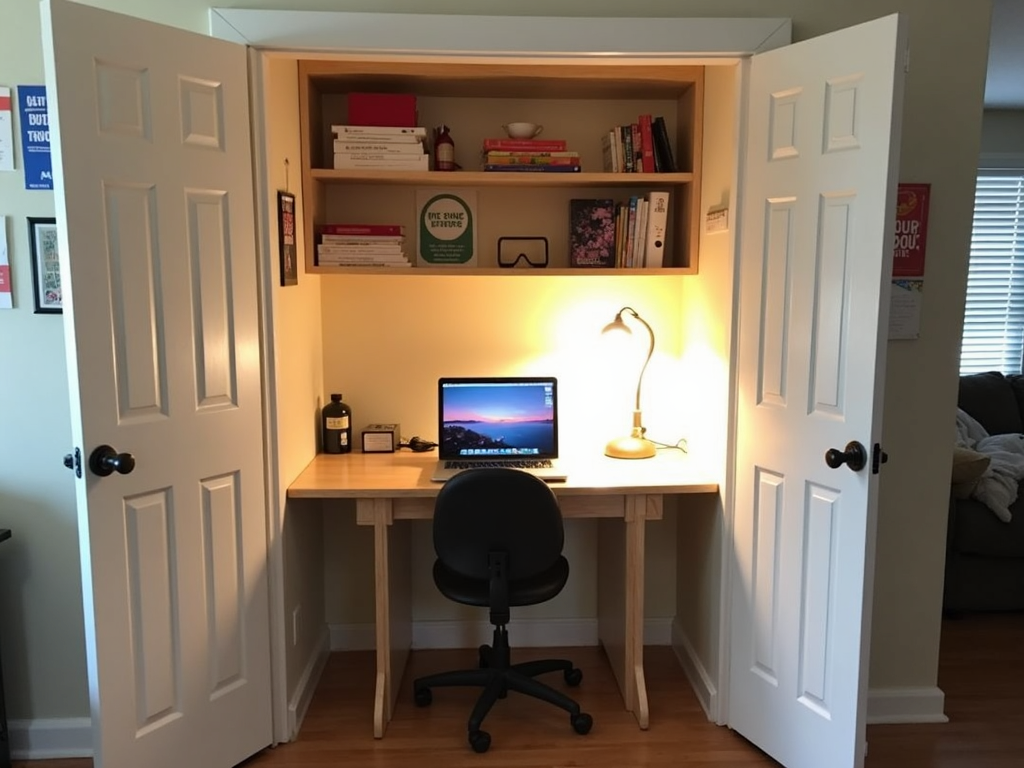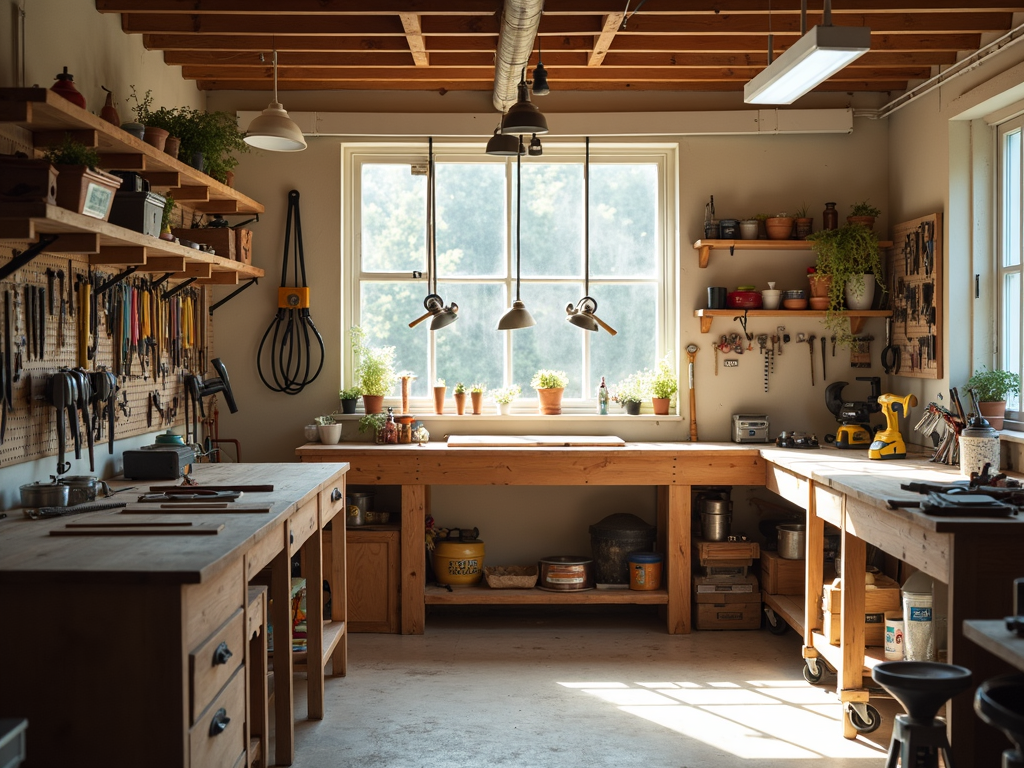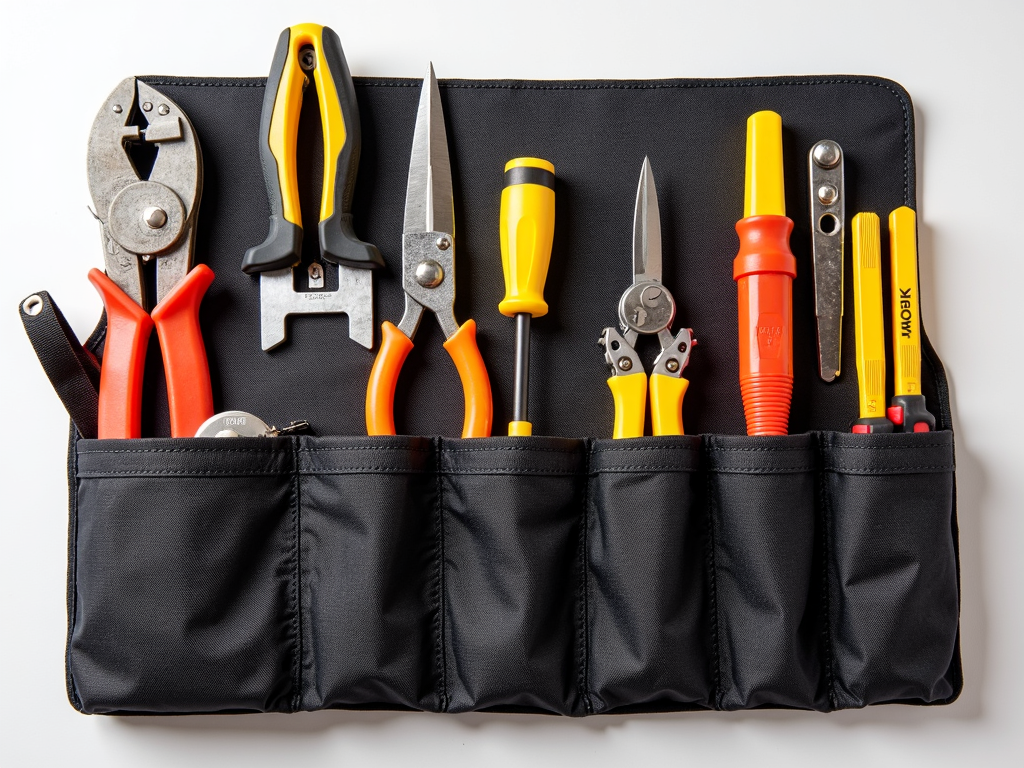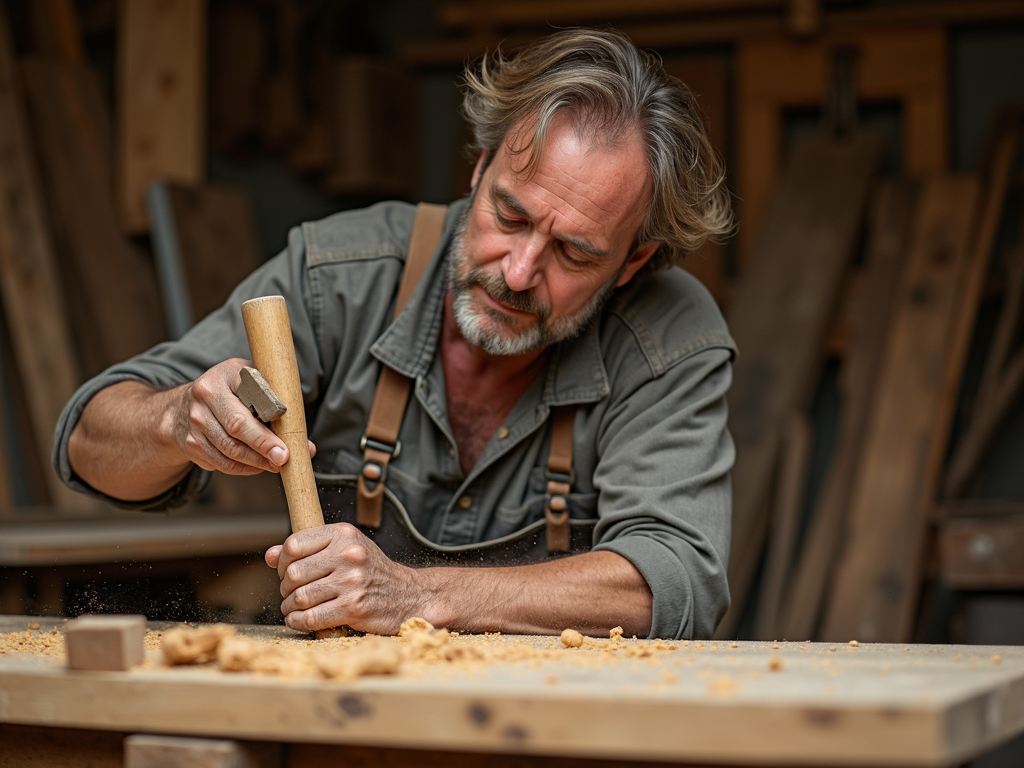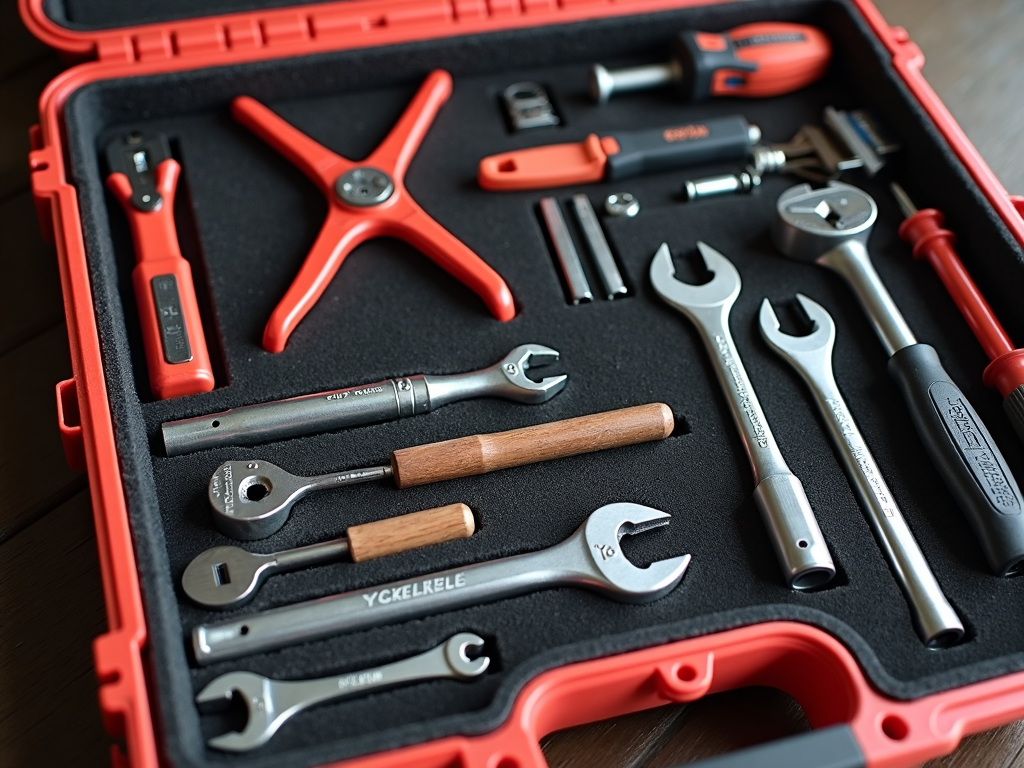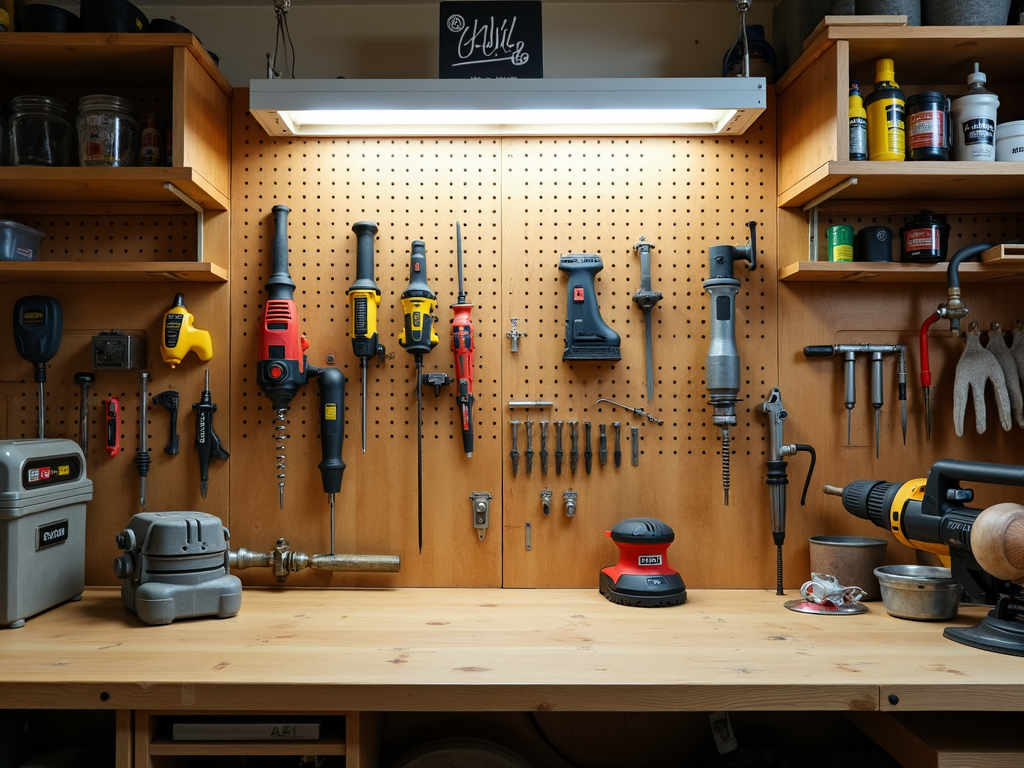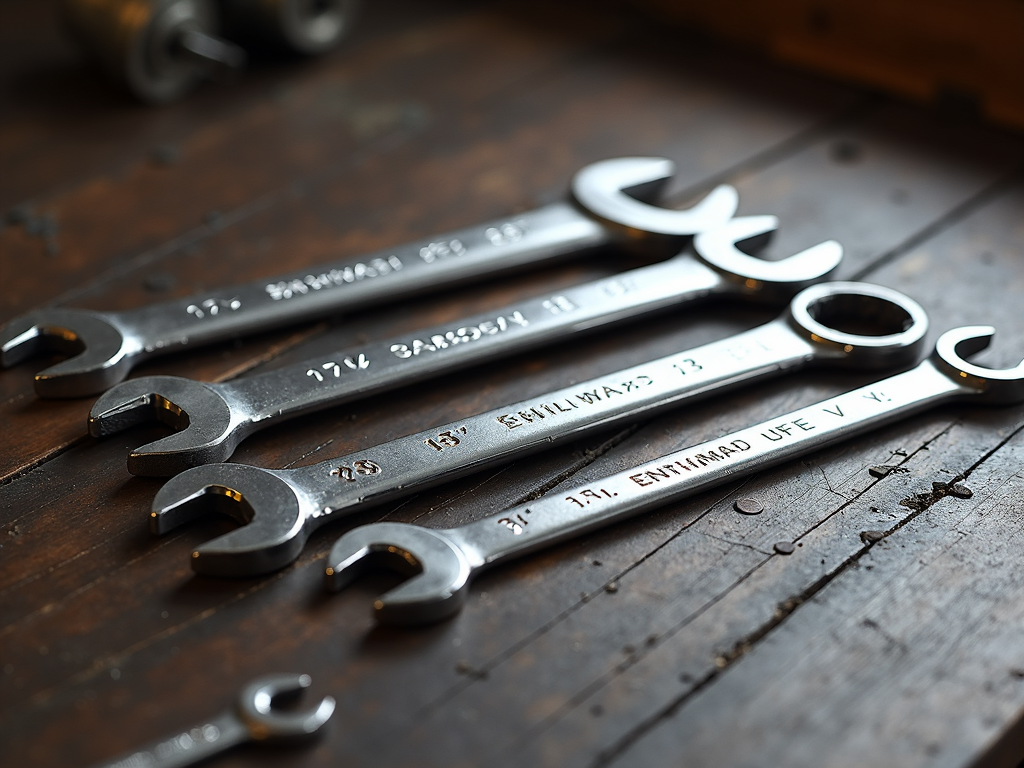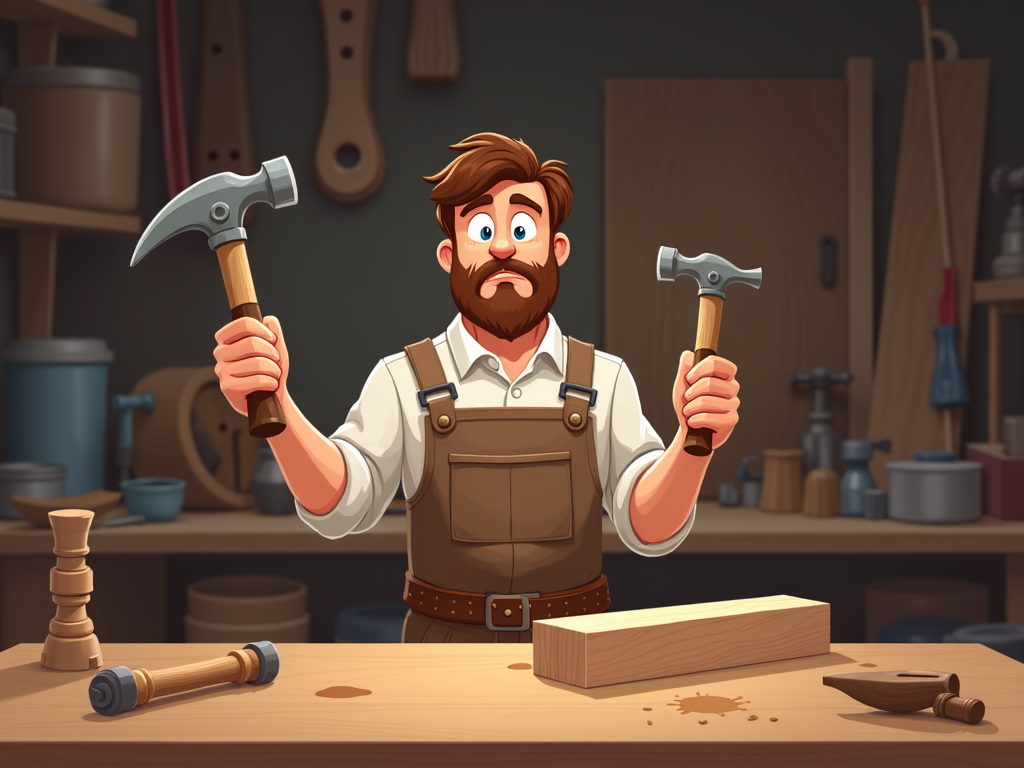Discover the must-have tools every painter needs and how to keep them in top shape for years. This guide covers The Painter’s Toolkit: Essential Tools and How to Care for Them, plus tips on organizing your workspace and clever storage ideas for small spaces.
Welcome to Your Painter’s Toolkit
Painting is more than just a hobby or a job—it’s a way to express yourself. Whether you’re new to the craft or have years of experience, your tools are your best friends. The Painter’s Toolkit: Essential Tools and How to Care for Them is all about knowing what you need and how to take care of it. Good tools make great art, but only if you treat them right. Let’s explore the essentials, share some personal tips, and talk about keeping your space neat and ready for creativity.
The Essential Painting Tools
Every painter needs a solid set of tools. These aren’t just random items—they’re the backbone of your work. Here’s a rundown of the key painting tools and how to keep them in great condition.
Brushes: Your Creative Partners
Brushes come in all shapes—flat, round, filbert, fan—and each one has a job. I’ve found that a good flat brush can cover big areas fast, while a tiny round one is perfect for details. But they won’t last if you don’t care for them.
- Clean Them Fast: Rinse brushes right after painting. Use warm water and soap for acrylics, or a solvent like turpentine for oils.
- Shape Them Up: Gently reshape the bristles with your fingers after cleaning.
- Store Smart: Keep them upright in a jar so the bristles don’t bend.
Want more brush tips? Check out this brush care guide from the Rhode Island School of Design.
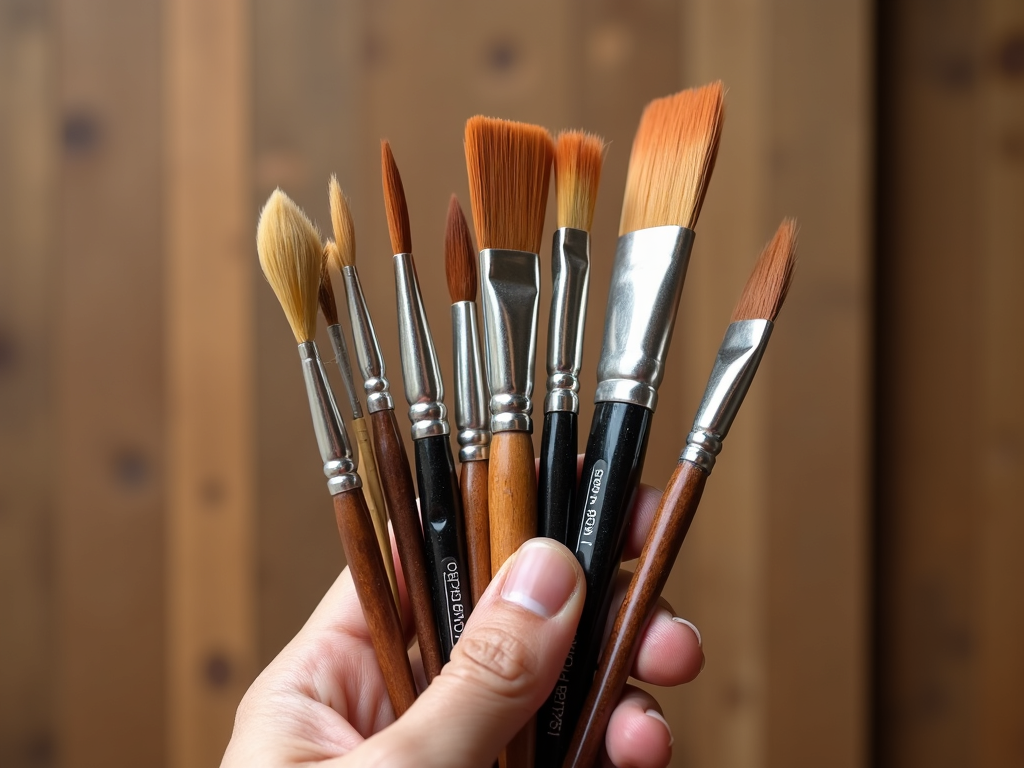
Palettes: Mixing Made Easy
A palette is where your colors come to life. Wood, plastic, or glass—pick what feels right for you. I love my wooden palette because it’s got a warm vibe, but it needs care.
- Wipe It Down: Scrape off wet paint after each session and clean with a damp cloth.
- Keep It Simple: Don’t let paint dry on it—it’s a pain to remove later.
Easels: Your Steady Support
An easel holds your canvas so you can focus on painting. I’ve used a small tabletop easel in tight spaces and a big H-frame when I’ve got room. Keep it working with these steps:
- Stay Clean: Wipe it down to avoid dust or paint buildup.
- Check the Parts: Tighten screws now and then so it doesn’t wobble.
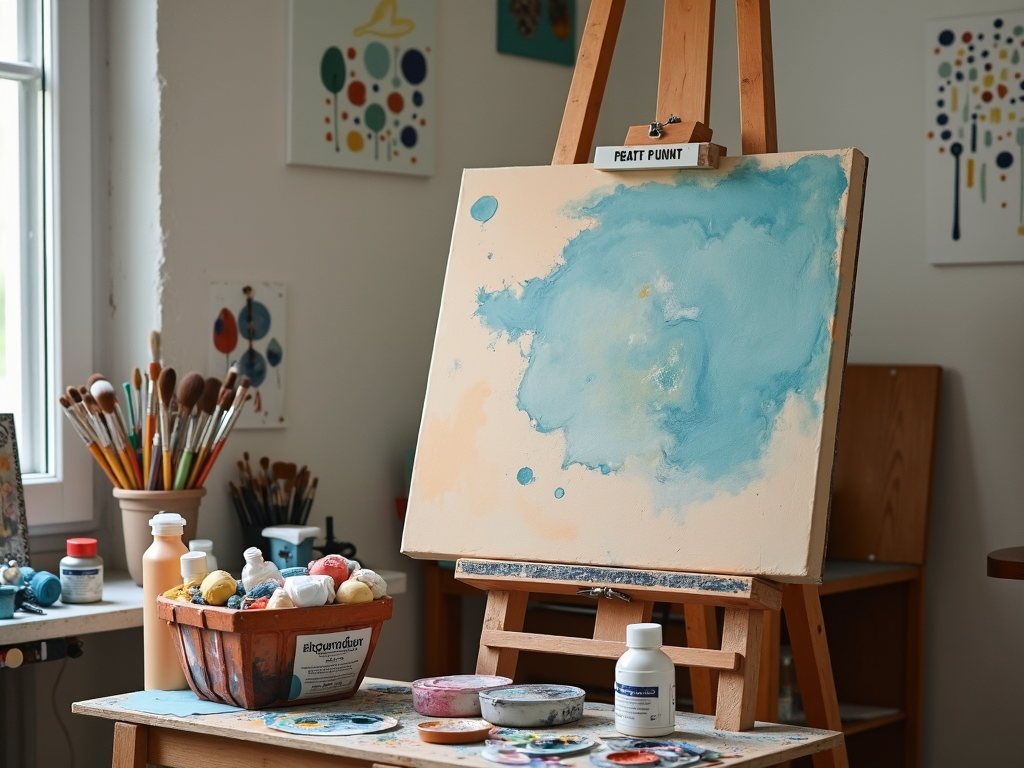
Canvases: Your Blank Slate
Canvases are where your art happens. Cotton ones are affordable, but linen feels luxurious. Store them right to keep them ready:
- Cool and Dry: Keep them away from sunlight or damp spots.
- Prime It: A good primer layer makes painting smoother.
Paints: The Heart of It All
Oil, acrylic, watercolor—each paint type brings something special. I’ve spilled acrylics before, so I learned to store them carefully.
- Seal Tight: Close lids firmly to stop them from drying out.
- Steady Temps: Room temperature works best—no hot garages or cold basements.
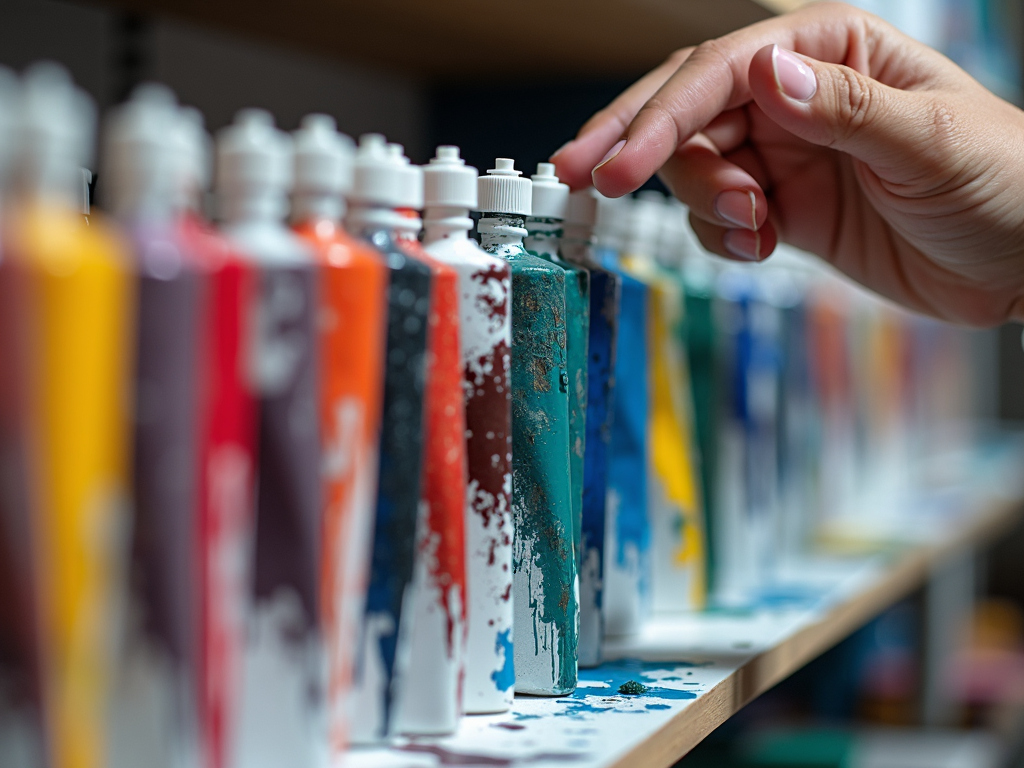
Extras: Palette Knives and Solvents
Palette knives mix paint or add texture, and solvents clean up or thin things out. They’re small but mighty.
- Knives: Wash them after use and store them safely.
- Solvents: Keep them in sealed containers, away from heat.
The Art of Organization: Keeping Your Workspace Tidy and Functional
A messy space kills creativity—I’ve been there. The Art of Organization: Keeping Your Workspace Tidy and Functional is about making your studio work for you. Here’s how to do it.
Tidy Up Every Time
After painting, I used to leave everything out. Big mistake. Now, I clean up right away. Put tools back where they belong, wipe surfaces, and toss trash. It takes ten minutes and saves hours later.
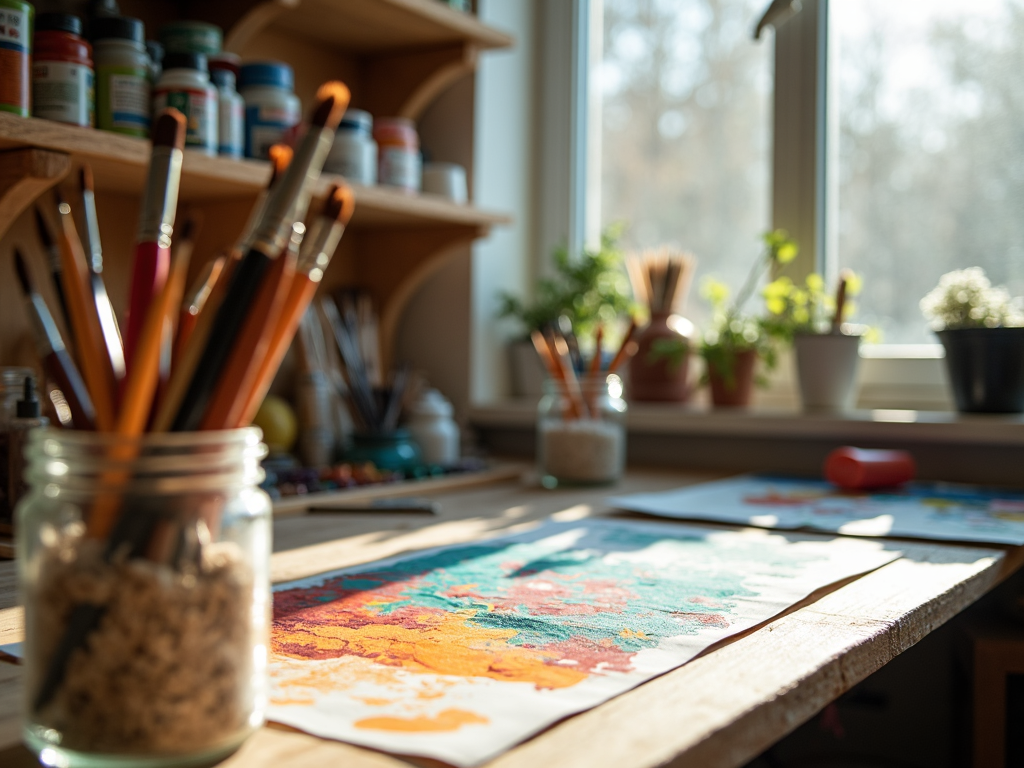
Arrange Tools Your Way
Tool organization tips for painters start with knowing your habits. I keep brushes and paints close because I use them most. Less-used stuff like extra canvases goes on a high shelf. Find what works for you and stick to it.
5 DIY Storage Ideas for Small Spaces
Small studios can feel cramped, but these ideas help. I’ve tried a few myself, and they really work:
- Mason Jars: Cheap and perfect for brushes. I line them up on my desk.
- Old Dressers: Paint tubes fit great in drawers—got mine from a thrift store.
- Pegboards: Hang knives and small tools on a wall pegboard.
- Magnetic Strips: Stick metal tools like knives to a strip on the wall.
- Easel Shelves: Add a small shelf to your easel for paints.
Need more ideas? This studio organization article from Artists Network has some gems.
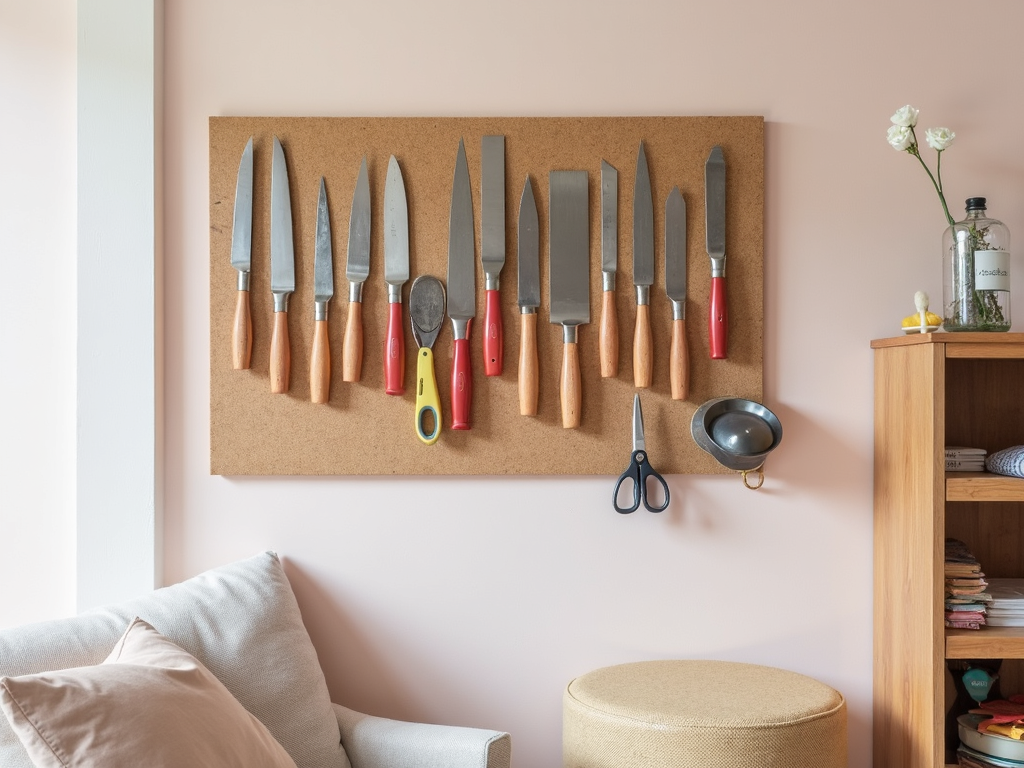
Lessons from the Studio
I’ll never forget my first set of brushes. I didn’t clean them properly, and they turned into stiff, useless sticks. Replacing them hurt my wallet and taught me a lesson: care matters. Now, I treat my painting tools like treasures. A clean brush lasts years, and a tidy space keeps my mind clear. Once, I spent a whole day building a pegboard for my tools—it’s still my favorite part of the studio.
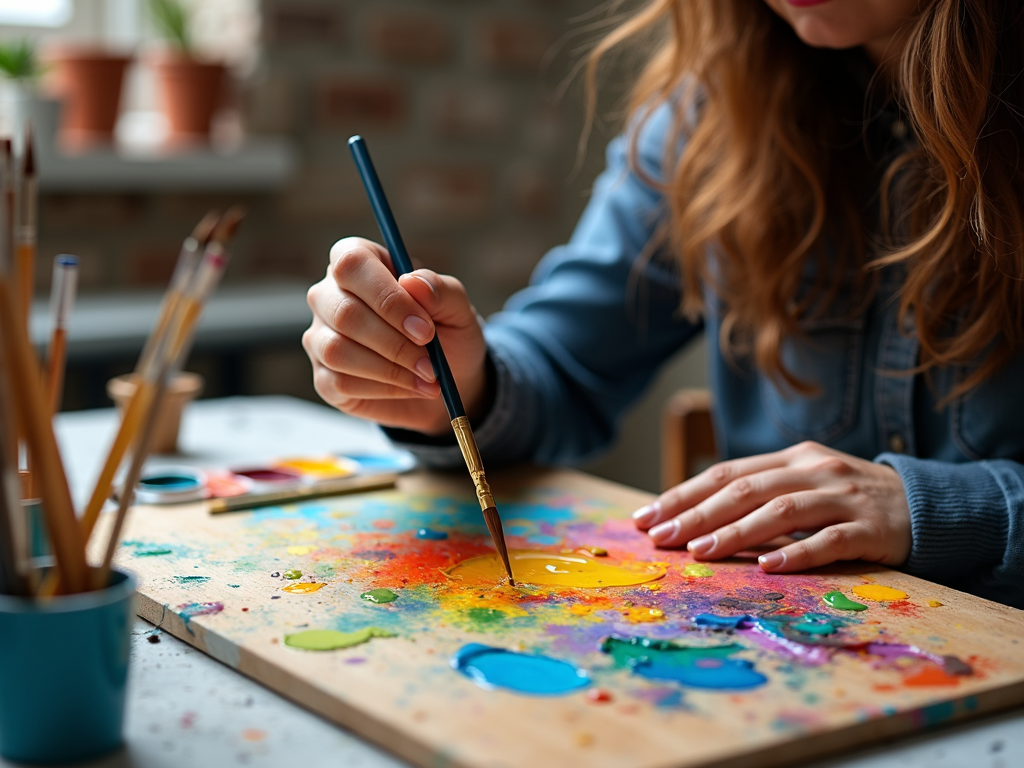
Wrapping It Up
Your painter’s toolkit is the foundation of your art. The Painter’s Toolkit: Essential Tools and How to Care for Them shows you how to maintain brushes, paints, and more while keeping your space ready for action. A little effort goes a long way—your tools and your creativity will thank you.
Related The Painter’s Toolkit: Essential Tools and How to Care for Them:
- Power Drill Safety Tips for Beginners
- Modern Workman Tools with Ergonomic Design: Comfort Meets Efficiency
- Tips for Setting Up a Productive Home Office
- 10 Essential Tools for Your Workshop
- Training Programs for Construction Workers: Enhancing Safety and Skills
- Essential Workman Tools for Electricians and Plumbers: A Comprehensive Guide
- Top 10 Must-Have Tools for Every Workshop: A Comprehensive Guide
- Top-Quality Workman Tools Every Contractor Needs
- Workshop Safety Tips for Power Tool Users: A Comprehensive Guide
- How to Choose the Right Wrench Size: A Comprehensive Guide
- Color Theory 101: Understanding the Basics
- Steer Clear of These Beginner Woodworking Errors: A Guide to Safe and Successful Projects
